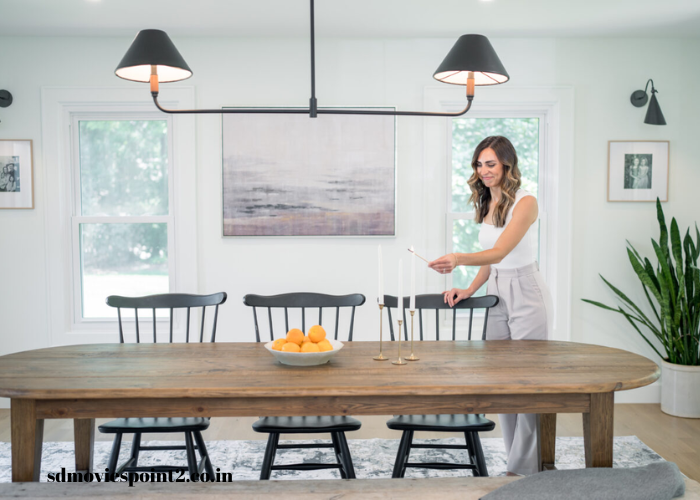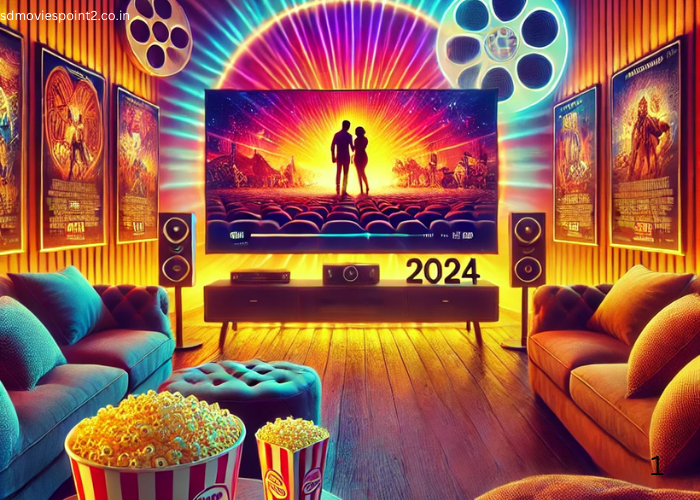In the rapidly evolving landscape of contemporary life, 2024 heralds a new era of modern living, where technology, design, and sustainability converge to create an enriched and purposeful lifestyle. As we navigate through this transformative year, several key trends and insights are redefining how we experience our homes, communities, and daily routines. This article delves into these trends, offering a comprehensive look at how modern living is being elevated in 2024.
Smart Home Integration: The Rise of Intelligent Living
The concept of smart homes is no longer a futuristic fantasy but a present-day reality. In 2024, intelligent living is becoming increasingly prevalent, driven by advancements in artificial intelligence (AI) and the Internet of Things (IoT). Smart home systems now offer unprecedented levels of automation and control, allowing homeowners to manage lighting, security, climate, and entertainment systems seamlessly through voice commands or mobile apps.
Voice-activated assistants, such as Amazon Alexa and Google Assistant, have become central hubs for managing home environments. Integration with AI enables these systems to learn and adapt to users’ preferences, offering personalized recommendations and optimizing energy consumption. For instance, smart thermostats can adjust temperatures based on occupancy patterns, significantly reducing energy bills and enhancing comfort.
Moreover, security systems equipped with AI-driven cameras and sensors offer real-time alerts and remote monitoring, providing peace of mind and enhancing safety. As technology continues to advance, the scope of smart home integration is expected to expand further, making intelligent living an integral part of modern households.
Sustainable Design: Embracing Eco-Friendly Innovations
Sustainability has emerged as a crucial element in modern living, with 2024 marking a significant shift towards eco-friendly design and practices. The global emphasis on reducing carbon footprints and conserving natural resources has spurred innovations in sustainable architecture and interior design.
Green building materials, such as recycled metals, bamboo, and reclaimed wood, are gaining popularity for their minimal environmental impact. Additionally, energy-efficient appliances and fixtures, including LED lighting and low-flow water systems, are becoming standard in new constructions and renovations. These advancements not only contribute to environmental conservation but also offer cost savings in the long term.
The incorporation of biophilic design principles is another notable trend, where natural elements are integrated into indoor spaces to enhance well-being and productivity. Living walls, indoor gardens, and natural light sources create a harmonious connection between indoor and outdoor environments, fostering a healthier and more enjoyable living experience.
Health and Wellness Integration: Prioritizing Well-Being
As the focus on health and wellness continues to grow, 2024 sees an increasing integration of these principles into modern living spaces. Homes are evolving into sanctuaries that promote physical and mental well-being, with design elements that cater to a holistic approach to health.
Home gyms and wellness rooms are becoming common features, equipped with state-of-the-art exercise equipment and mindfulness tools. These spaces are designed to facilitate regular physical activity and relaxation, supporting a balanced lifestyle. Additionally, the inclusion of air purifiers, water filtration systems, and natural ventilation ensures a clean and healthy living environment.
Sleep technology is another area experiencing significant advancements, with smart mattresses and sleep-tracking devices offering personalized insights into sleep patterns and quality. These technologies help individuals optimize their sleep environment and improve overall health.
Multifunctional Spaces: Adapting to Changing Needs
The concept of multifunctional spaces is gaining traction as a response to the evolving needs of modern living. In 2024, homes are increasingly designed to adapt to various activities and lifestyles, reflecting the growing trend towards flexible and dynamic living environments.
Open-plan layouts, movable partitions, and modular furniture allow homeowners to reconfigure their spaces easily, accommodating different functions such as home offices, guest rooms, and recreational areas. This adaptability is particularly relevant in urban settings where space is often limited.
The rise of remote work and hybrid working models has also influenced this trend, with dedicated home office spaces becoming essential. These areas are designed for productivity and comfort, featuring ergonomic furniture, soundproofing, and ample storage.
Technological Innovations: Enhancing Everyday Experiences
Technological advancements continue to shape modern living in profound ways, with innovations that enhance convenience, connectivity, and entertainment. In 2024, we see a growing reliance on advanced technologies to streamline daily routines and enrich lifestyles.
Virtual reality (VR) and augmented reality (AR) are making significant inroads into home entertainment and design. VR experiences offer immersive gaming and cinematic adventures, while AR applications allow users to visualize design changes in their living spaces before making decisions. These technologies provide new dimensions of engagement and personalization.
Additionally, the proliferation of high-speed internet and 5G connectivity enables seamless integration of smart devices and services. High-definition video streaming, remote collaboration tools, and online gaming are enhanced by faster and more reliable internet connections, ensuring a superior digital experience.
Community and Social Connectivity: Building Stronger Bonds
In 2024, there is a renewed emphasis on fostering community and social connectivity, reflecting a growing desire for meaningful interactions and shared experiences. Modern living is not only about individual comfort but also about creating vibrant and supportive communities.
The concept of “smart cities” is gaining traction, where urban planning and infrastructure are designed to enhance connectivity and sustainability. Smart city initiatives focus on efficient transportation, energy management, and public services, contributing to a higher quality of life for residents.
Community-focused amenities, such as co-working spaces, communal gardens, and social hubs, are becoming integral to residential developments. These spaces encourage social interaction and collaboration, fostering a sense of belonging and collective well-being.
Conclusion
As we navigate through 2024, the evolution of modern living is characterized by a convergence of technology, sustainability, and well-being. The integration of smart home systems, eco-friendly design, health-focused features, multifunctional spaces, technological innovations, and community connectivity reflects a holistic approach to enhancing everyday life.
The trends and insights shaping modern living in 2024 offer a glimpse into a future where our homes and communities are more responsive, adaptable, and harmonious. By embracing these advancements, individuals and families can create living environments that not only meet their needs but also enrich their overall quality of life. As we continue to advance, the journey towards elevating modern living is poised to bring even more exciting possibilities and innovations.




